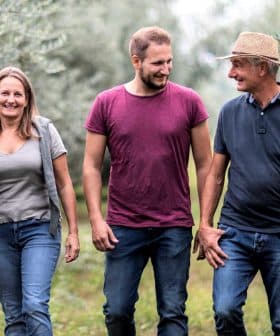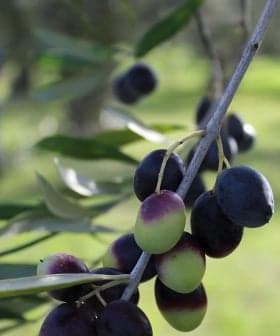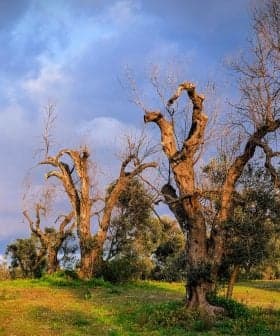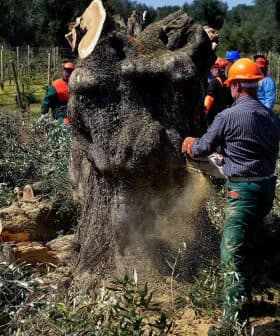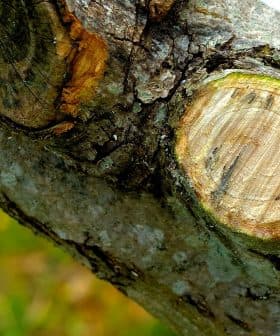Latest Xylella Outbreak in Puglia Continues to Spread
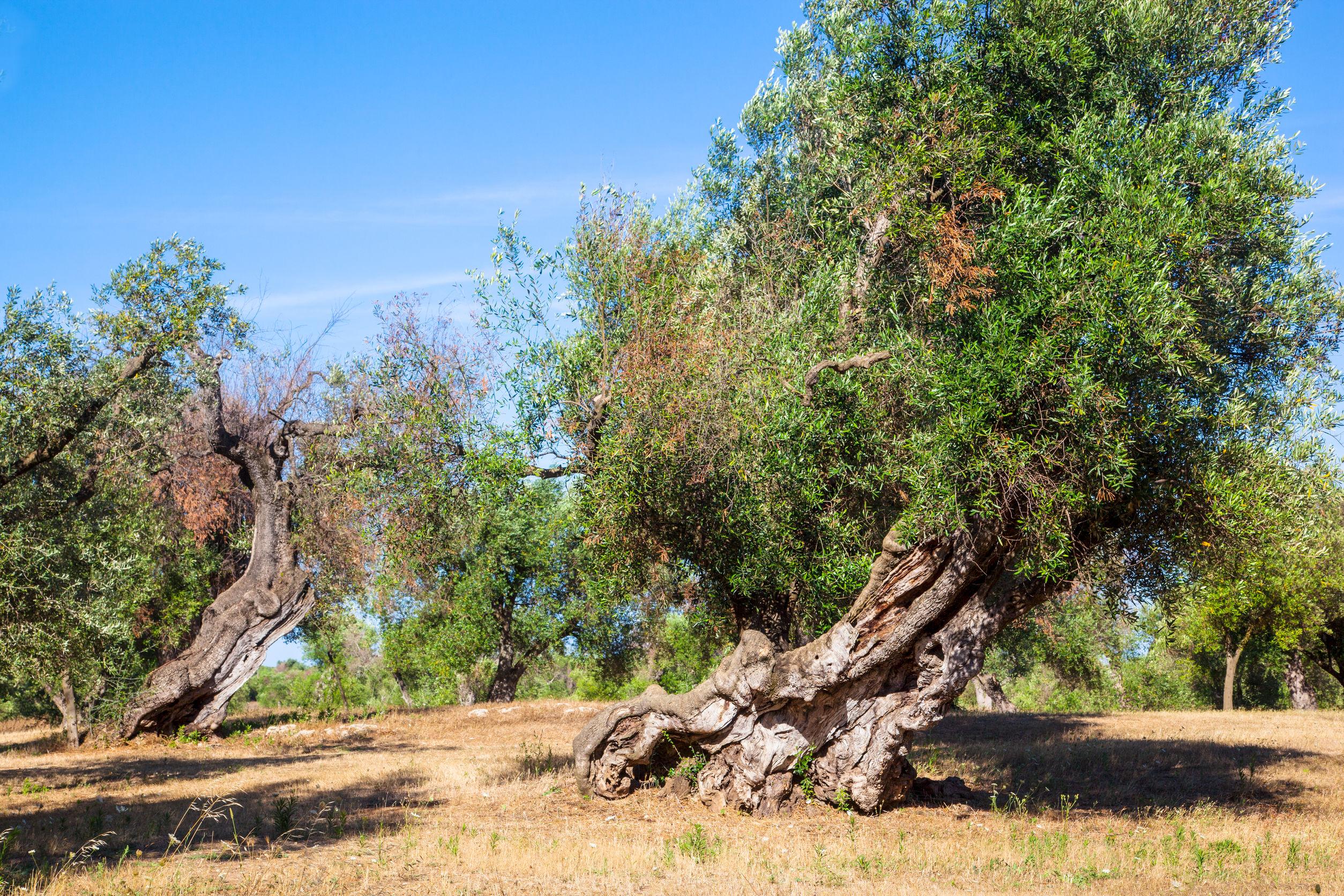
Italian authorities are finding an extensive Xylella fastidiosa outbreak in the Puglia region, with 136 olive trees already infected. The Monumental Olive Tree Valley is particularly affected, and the disease has spread to 8,000 square kilometers, causing concern for the economic and cultural impact on the region.
The more Italian authorities explore the true scope of the latest Xylella fastidiosa outbreak in the Puglia region, the more extensive it appears to be.
The latest monitoring operations have discovered 136 olive trees afflicted by the deadly pathogen.
The disease has spread from 8,000 hectares estimated in 2013, to 8,000 square kilometers.
Many of the trees recently infected by Xylella fastidiosa are part of the Monumental Olive Tree Valley, an area considered by local farmers as the heart of Apulian olive culture.
According to the official “eradication notes” published on the Apulian public website dedicated to fighting the disease, Emergenza Xylella, two ancient trees infected in the Monopoli area are considered new outbreaks within the buffer zone.
See Also:Signs of Life Among Puglia’s Xylella-Ravaged Groves“Due to the current rules, trees in the area of at least 50 meters from the infected ones will have to be removed,” the farmer association, Coldiretti, said in a press release.
Those trees, like the other 134 found in the containment area next to the buffer zone, are in many cases considered new outbreaks because of the distance between infected trees.
The numbers involved and the distance covered by the pathogen are considered especially alarming.
“According to the monitoring operations conducted by the Bari-based national research center, the disease has spread from 8,000 hectares (19,700 acres), estimated in 2013, to the 8,000 square kilometers (4,970 square miles),” Savino Muraglia, president of Coldiretti Puglia, said.
“Those figures are frightening, not only for Puglia but for our whole country,” he added. “The number of the infections identified in Fasano and Ostuni, as has already happened in Carovigno, mirror a dark scenario we have already seen in Oria and Francavilla. Just like we did in the past years, we ask for a timely response to avoid reducing the Apulian economic, scenic and olive heritage to ashes.”

Millenary trees in Puglia are threatened by the Xylella fastidiosa pathogen.
“What we are witnessing is the consolidation of the bacteria’s presence both in the Monumental Olive Tree Valley and in the nearby plateau,” experts at Info Xylella, a specialized organization devoted to monitoring the spread of the disease, wrote on their website.
“We are seeing the numbers of outbreaks in the monitored Ostuni area still growing exponentially (a large part of that area, being in the red zone, is not monitored anymore), while in Cisternino and Fasano the two outbreaks recorded last year now have become nine, and the monitoring operations are still ongoing,” they added.
Coldiretti estimated that in the southern area of the monumental olive tree valley, one-third of the trees have been lost to Xylella.
See Also:Xylella fastidiosa updatesThe farmers organization further warned that the latest outbreaks in the north could lead to similar devastation. Coldiretti stressed the cultural relevance of the valley, emphasizing how some of the trees date back 3,000 years; living monuments whose circumference often exceeds 10 meters.
“[It is] a truly historical and touristic heritage site, maintained with generosity by generations of farmers,” Coldiretti said. “Taking care of a monumental olive tree is much more complicated [than the more common olive trees], with yields considerably lower than those of other trees. Such a plant also poses challenges for pruning and treatment while requiring an exclusively manual harvesting.”
The Xylella fastidiosa outbreaks in the region in the last seven years, Coldiretti added, have left many farmers without thousands of trees and with no income. Their infrastructure, as that of many local olive oil mills, “have been sold piece by piece to producers in Greece, Morocco and Tunisia.”



